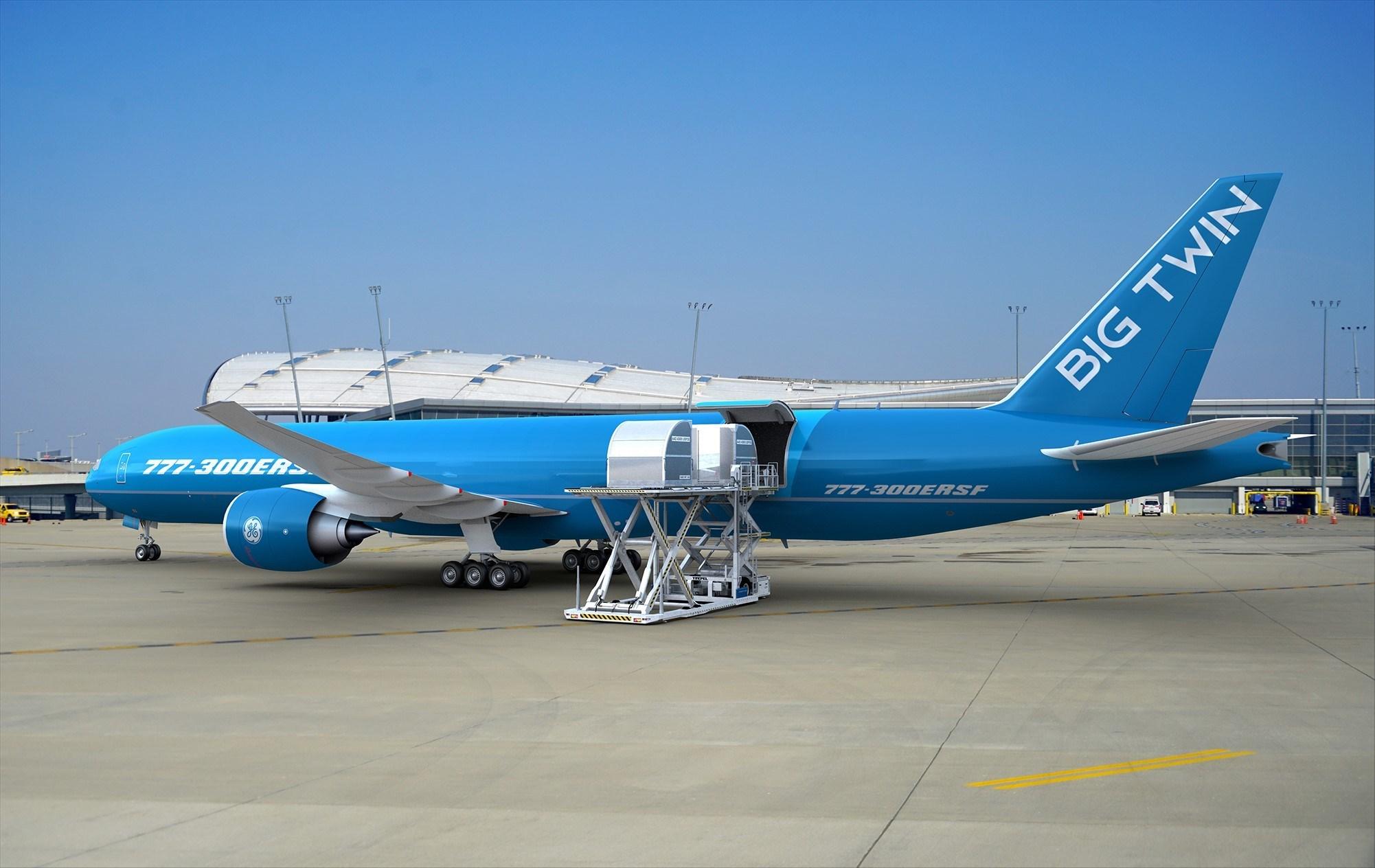
The decision last autumn of GECAS and Israel Aerospace Industries (IAI) to launch a Boeing 777-300ERSF passenger-to-freighter conversion program is looking more and more prescient as the virus crisis hits long-haul international passenger travel harder and longer than domestic travel.
Delta Air Lines’ decision to retire another 777 variant, the -200s, by the end of 2020, only emphasizes that at least some portion of this very popular widebody fleet may be ready for cargo duties. But the long-term success of the GECAS-IAI project will depend on the market values of 777s in secondary markets and other factors.
GECAS owns the 15 777-300ERs that is has placed firm conversion orders for, as well as another 15 it has optioned, explains Rafi Matalon, EVP marketing at IAI’s Aviation Group EVP. “It’s their property, they take the risk,” Matalon notes.
But IAI is eager for follow-on work converting other owners’ 777-300ERs. “For sure, we hope for more,” the marketer says. “It will be the leasing platform in cargo for the next 20 years. The 767 is nearing its end of life and the MD11 is being phased out. As a twin-engine, the 777 offers better value than the 747.” And only IAI and Boeing have offered widebody conversions, with other conversion companies concentrating on narrowbodies.
The market opportunity seems ample. Since 2004, Boeing has delivered well over 800 777-300ERs, with Emirates Airlines operating the largest fleet of the type.
IAI expects to get the supplemental type certificate for the freighter version by the end of 2022, and then begin on the GECAS conversions “immediately,” Matalon says. Conversion will cost $30-35 million and take about five months, including a cargo loading system, according to the IAI marketer.
Matalon says IAI is concentrating substantial resources on the -300 program but may in the future look at other projects, for example other 777 variants or at the Airbus A330-300. But he notes that there are “lot of parameters” to consider in a conversion program, and “everything starts with residual value.”
Jonathan MacDonald, IBA’s head analyst for commercial and aging aircraft, certainly agrees with those last points. MacDonald has compared the attractiveness of an IAI 777-300ERSF with a factory-built 777 freighter under a number of scenarios.
Prior to the virus crisis, IBA would have priced a 2005-built 777-300ER at $40 million in 2020 and $35 million in 2023. Adding only $29 million for conversion and $5.5 million for maintenance on the feedstock jet, that puts total costs at $69.5-74.5 million for the converted jets. This is significantly less than the cost of a 2009 factory-built 777 freighter, which MacDonald puts at $86 million today and $75 million in 2023.
But the savings in buying a converted freighter are not sufficient to offset the five more years of life and additional hours and cycles that the factory-built option would possess, in MacDonald’s judgement.
These comparisons are all at pre-crisis valuations. The IBA analyst says things could look much different if the traffic collapse puts pressure on 777 feedstock prices.
Should that 2005-built 777-300ER fall to $26.6 million in value, its comparison with a factory-built freighter “begins to make sense,” MacDonald says. Should the feedstock drop even further, like 777-200ERs did in 2015, and droop to $15.5 million, “now we’re talking.”
Of course, severe market pressures might also hit the prices of the factory-built 777F, in which case, MacDonald thinks the conversion option still might make sense, but not as clearly as in the prior scenario.
So in a couple of years, GECAS will have a big stake in how values in long-haul passenger markets hold up, relative to pricing in cargo markets. And over the following 20 years, IAI will prosper according to these relative valuations as well.
As of now, IAI plans to open for the GECAS work with three lines of 777 conversions. “We'll open more according to market demands,” Matalon says





